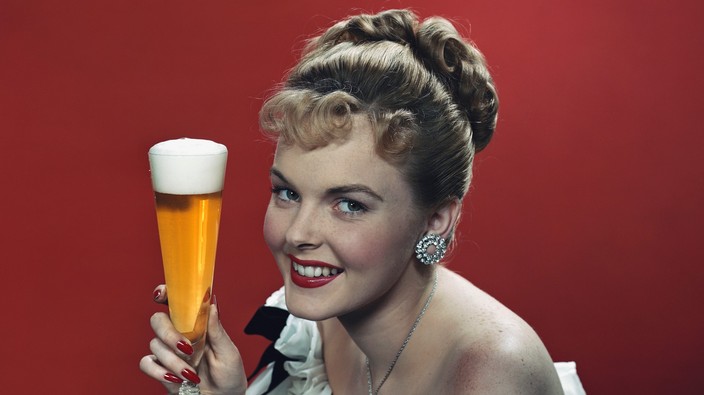by the 1900s, aspirin mercifully came along, and people took up other now common cures, including alka-seltzer, tomato juice, every bit of fried food one can possibly find whilst drunk, or the tangy cocktail that is coke and milk. while this beverage is credited to new york’s ritz-carlton in the 1930s, it’s been a generally popular (and delicious) beverage in india for years, and where it’s dubbed doodh soda.
and there’s more. from scotland, we have the highland fling, which involves mixing cornstarch with buttermilk, salt and pepper, heating it up and drinking it up. from korea, we have haejangguk, a hangover soup that includes beef and vegetables, but can also involve a dash of congealed blood to, you know, wake the body up. and from bolivia, we have caldo de cadran, a bull penis soup that is exactly what it sounds like, with a foot-and-a-half long penis (that curves to fit the bowl, if you’re curious), meat, egg, rice and potatoes. this dish is also considered an aphrodisiac, believe it or not, which makes this double the cure as sex, too, has often been considered a hangover cure itself. though, really, anything involving getting up and moving rather than remaining horizontal for 48 hours is probably a good choice. at least for a bit.
hair of the dog
finally, we come to hair of the dog, the oldest known “cure” in the books, which involves drinking more to ease yesterday’s drink. thus, taking “the hair of the dog that bit you,” a phrase that comes from 400 bc, and
a handy little rhyme written by antiphanes
: “take the hair, it is well written, of the dog by which you’re bitten, work off one wine by his brother, one labor with another.”
 6 minute read
6 minute read









